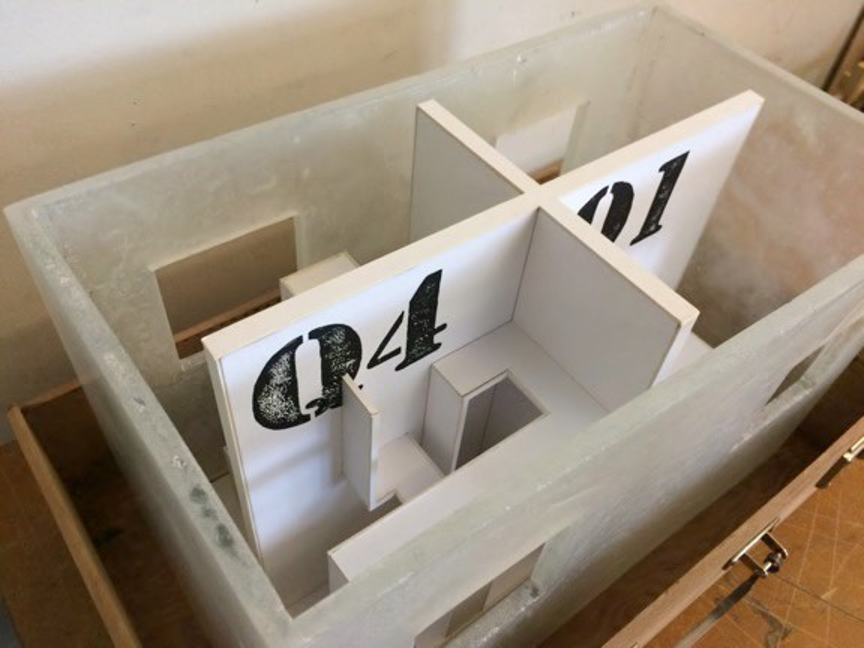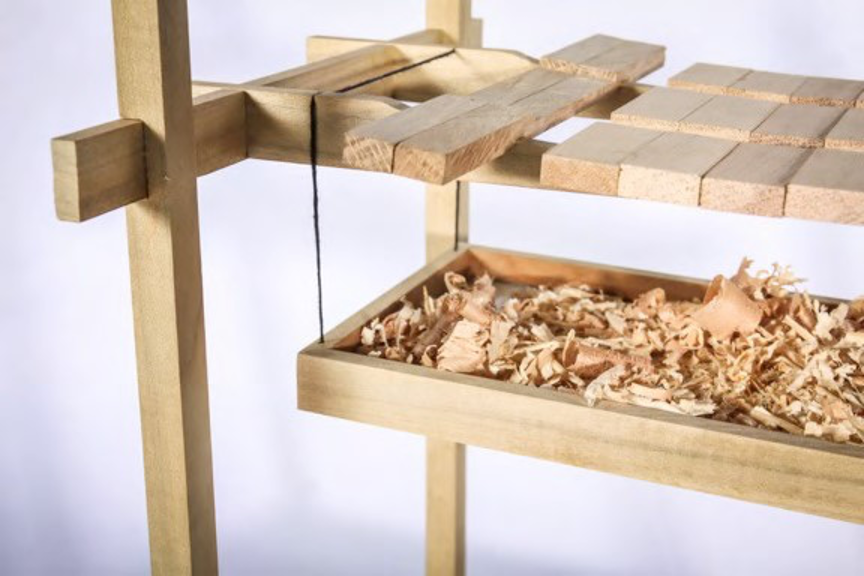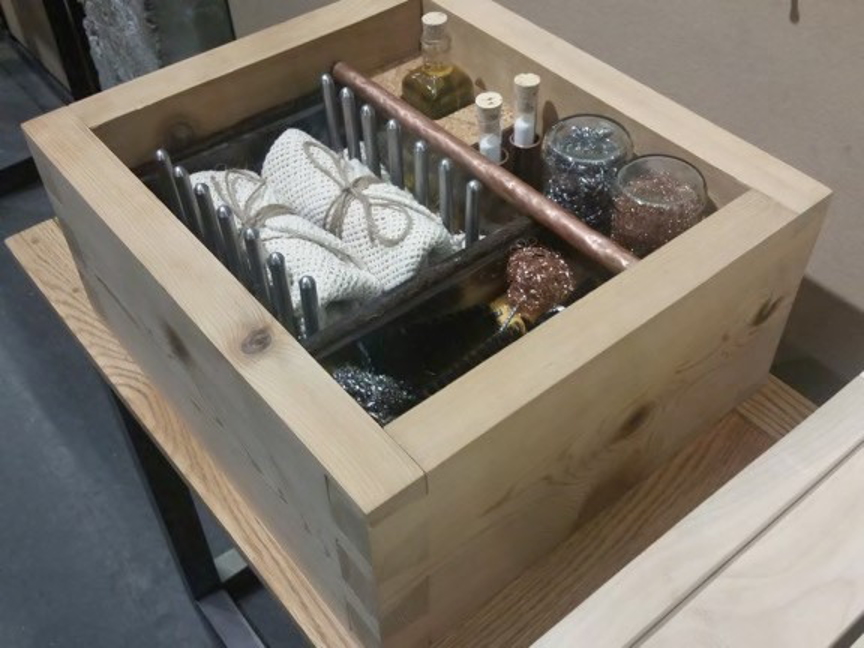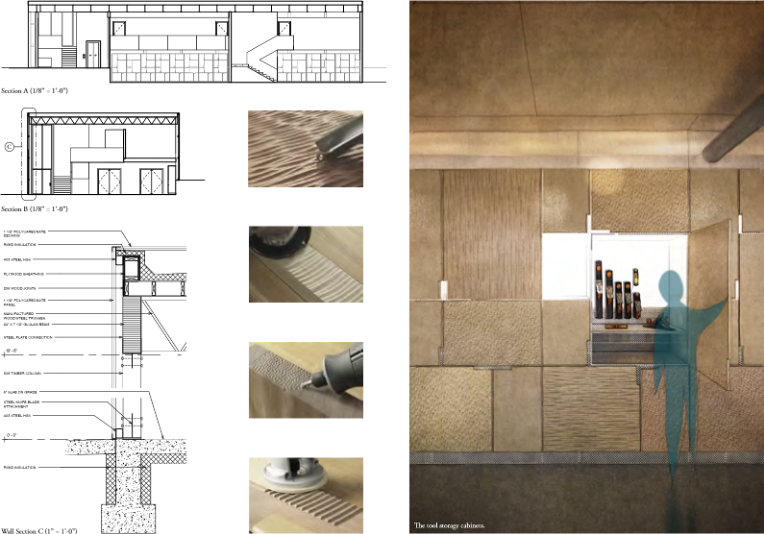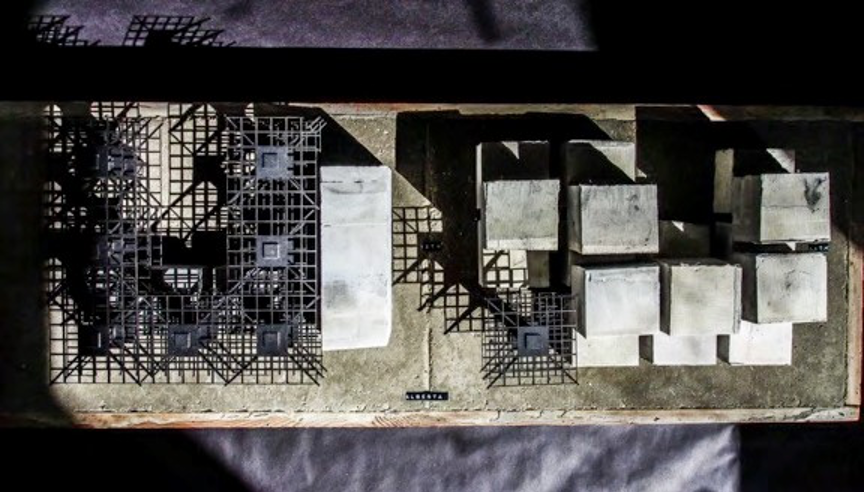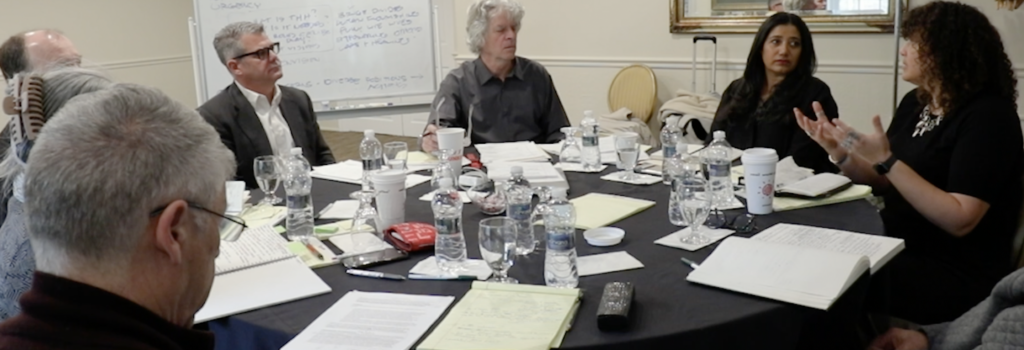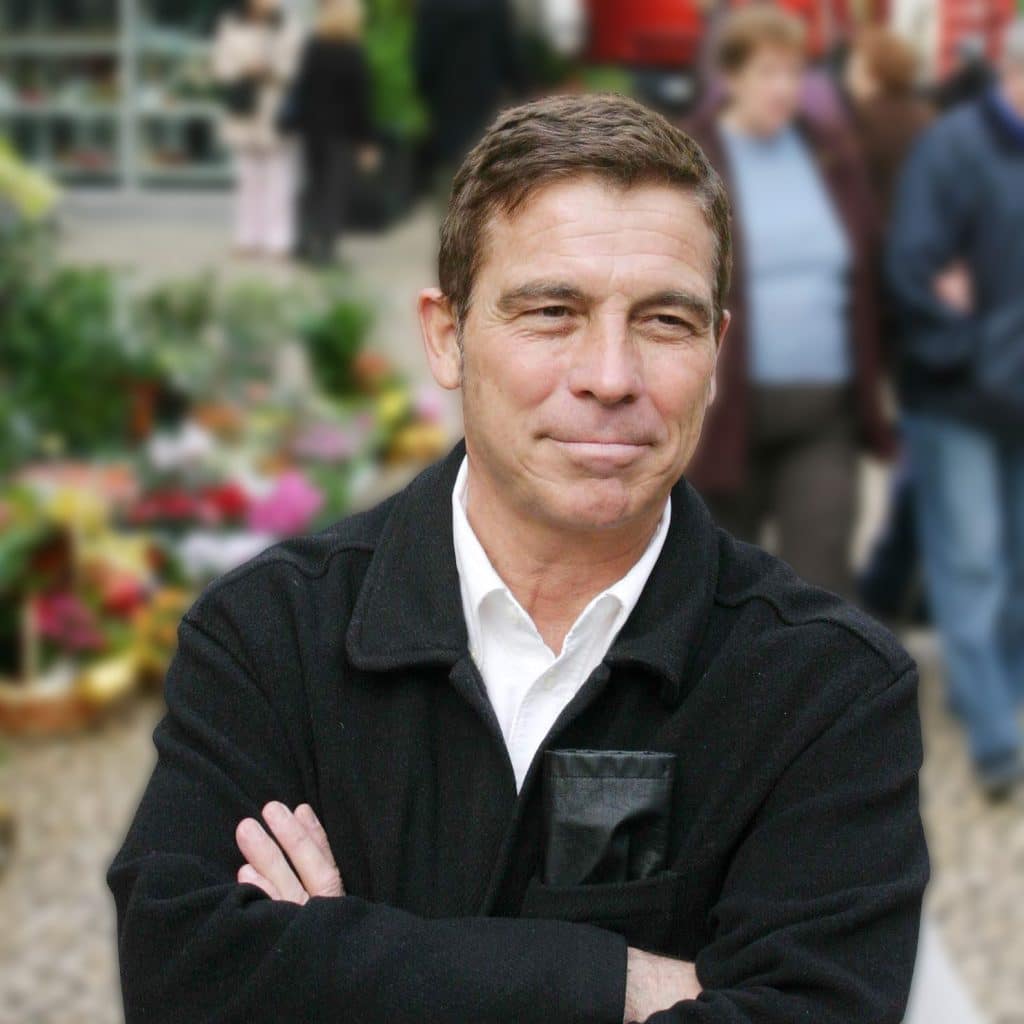Travis Bell
Abstract:
This project presentation aims to share the pedagogical methods and student design proposals from a Multi-Family Housing Studio aimed at developing thoughtful, low/middle income, multifamily housing models that include methods of production, both domestic and professional, as integral to the comprehensive concept of home. This is the traditional understanding of a home, to be contrasted against the modern idea of a residence. The concept of a residence is derived from the word reside, meaning to sit-back or relax, and such may be the unexamined goal of the modern, urban domestic shelter. In contrast, the notion of home was traditionally understood to include critical domestic and professional activities and this work was esteemed as possessing both spiritual and economic benefit. It is thought that the traditional home economy was responsible for contributing around 40% of the total economic activity of the household.
Today, domestic activities are rarely considered economically significant. Instead, the majority of traditional domestic activities have simply been conceived of as a sort of time-sink; a set of activities that one aims to outsource or simply eliminate from daily private life. The idea of taking domestic work seriously; to value working with your hands to care for yourself, has exciting possibilities (economic, spiritual, and architectural) for all urban dwellers. This concept of “homeplace” offers a very unique and meaningful relationship between life and the maintenance of it…an optimistic suggestion that life and work are synonymous.
